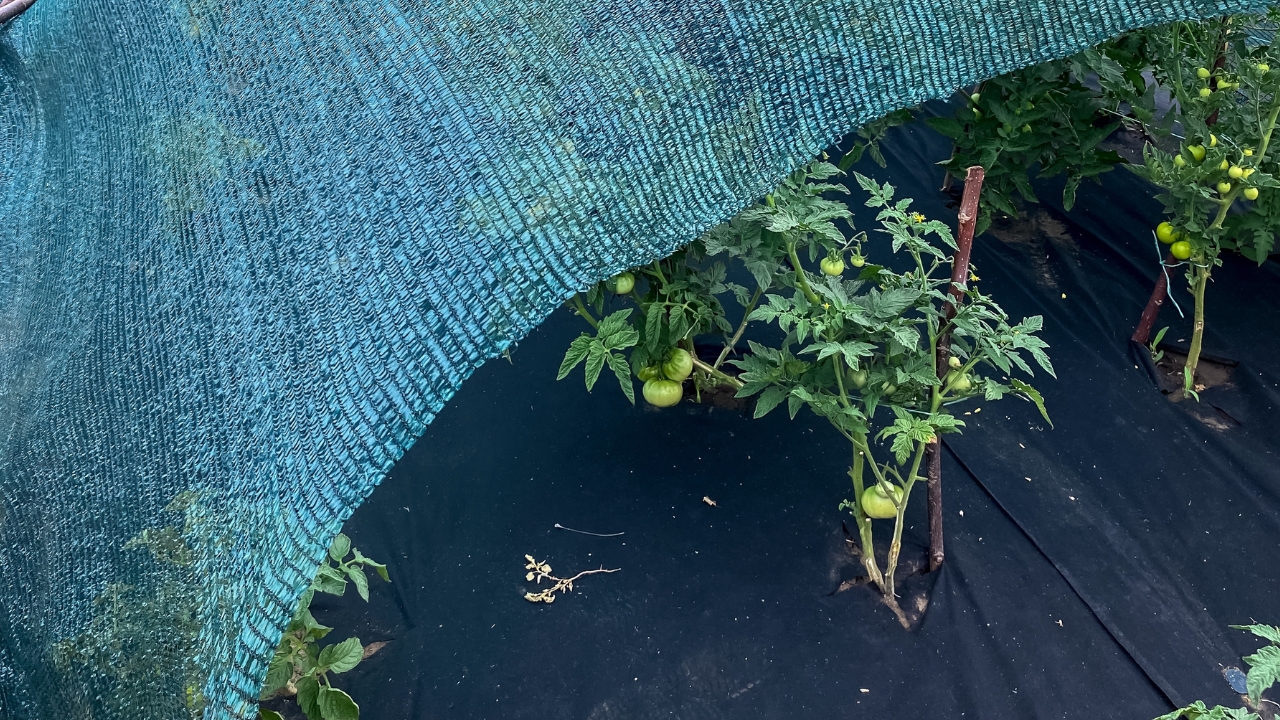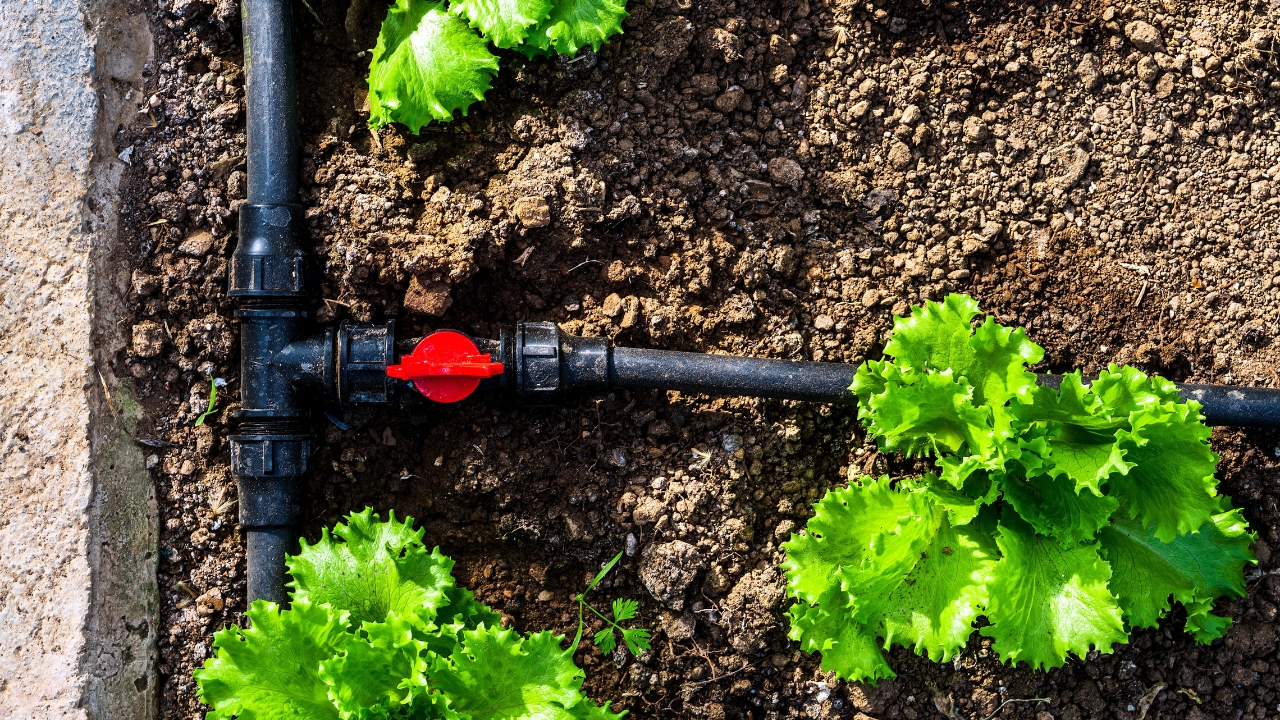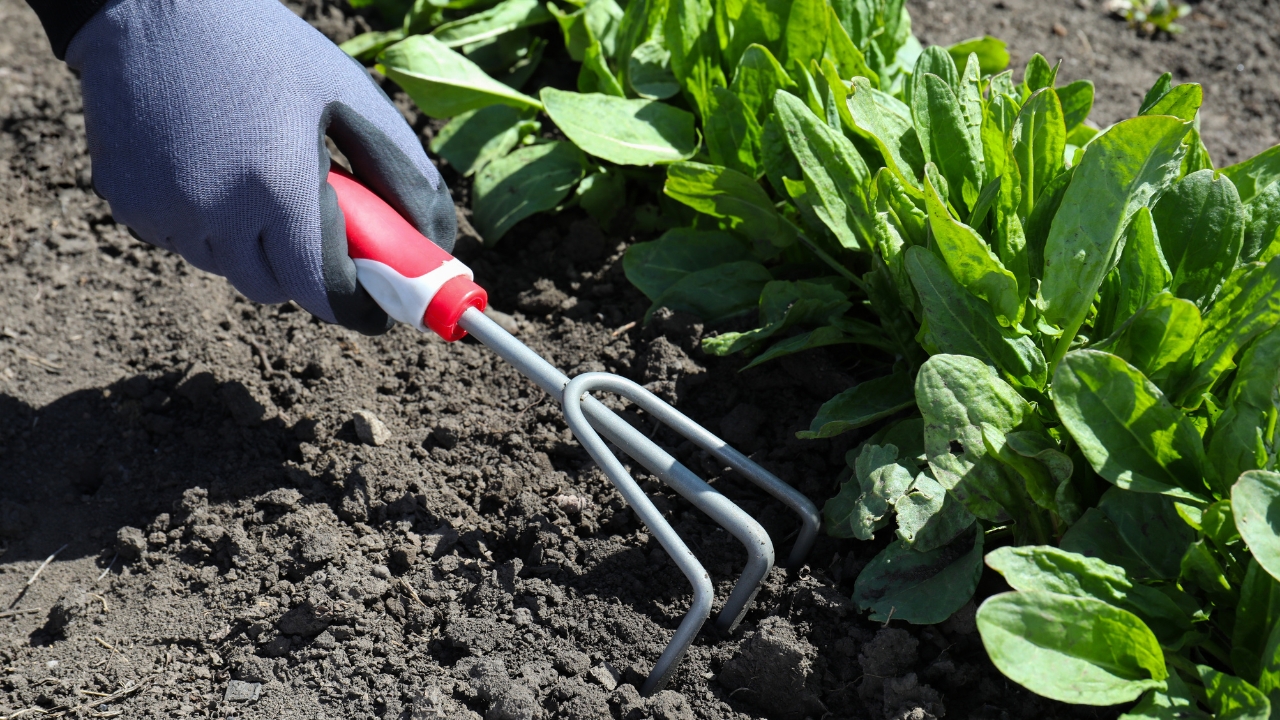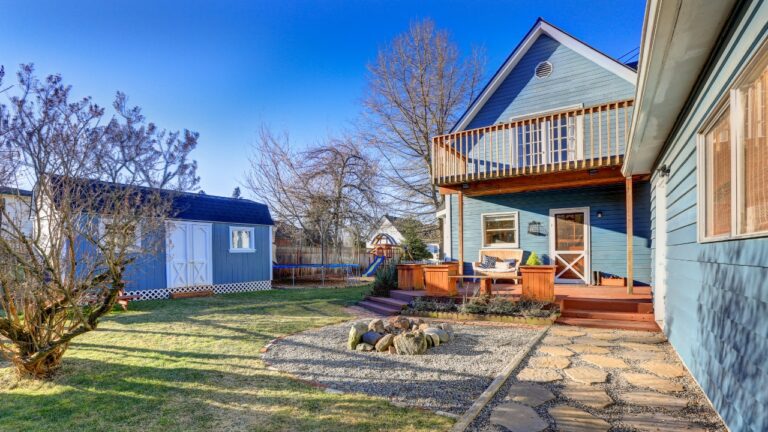9 Things That Helped Our Plants Survive a Hot Summer
When the heat kicks in and the rain disappears, your garden starts to feel like a battle zone. We’ve had summers where things looked great in June and nearly gave up by August. But after some trial and error, we figured out a few things that made a real difference. These aren’t magic fixes—just habits and setups that helped our plants hold on through the worst of the heat.
Water Early in the Morning

We used to water in the evening, but that held moisture overnight and invited disease. Now we water early—right after sunrise—so the plants have what they need before the heat cranks up.
It also cuts down on evaporation, so more water gets to the roots. You’re not fighting the sun, and it gives the plants a head start before they start sweating through the day.
Mulch Like It Matters (Because It Does)

We laid it on thick this year—about 3 inches of mulch around every plant and in every bed. That layer held moisture in the soil and kept the roots cooler.
It also kept weeds from stealing water, which matters more than you’d think when things get dry. We used wood chips, straw, and even shredded leaves—whatever we had on hand.
Gave the Roots Room to Breathe

Tightly packed soil cooks fast in the heat. We loosened up the top few inches and made sure roots had room to grow deep. Deep roots make all the difference when moisture’s hard to come by.
We added compost to improve the structure and stopped stepping near the base of our plants. When the roots can go down instead of fighting compacted dirt, they’re better equipped to handle heat.
Used Shade Cloth on the Worst Days

When it hit triple digits, we put up shade cloth over the most sensitive plants. Even 30% shade gave them enough relief to keep from wilting or scorching.
We strung it up with T-posts and zip ties—nothing fancy. It doesn’t have to be permanent. Just enough coverage to keep the leaves from frying in the afternoon sun.
Switched to Drip Irrigation

Overhead watering wastes a ton of water in summer. We set up a drip system with a timer and let it run early in the morning. It sent water right to the base, where it mattered.
The soil stayed moist longer, and we didn’t lose as much to evaporation. It was one of the best upgrades we made. Less effort, more consistency, and healthier plants all around.
Cut Back Heavily on Fertilizing

In cooler months, fertilizing gives plants a boost. But in extreme heat, it can actually stress them out more. We held off during the hottest stretches and let the plants focus on survival.
Too much nitrogen in hot weather pushes new growth the plant can’t support. We stuck to compost tea or watered-down seaweed extract when things looked rough—but nothing too strong.
Pruned for Airflow and Efficiency

Thick, crowded growth traps heat. We trimmed back the bottom leaves on tomatoes and gave squash more breathing room. That helped with airflow and reduced mildew during hot, humid spells.
It also helped the plant put energy into fruit instead of trying to keep every single leaf alive. Less stress, less disease, and a garden that didn’t cook from the inside out.
Chose Heat-Tolerant Varieties

Not every plant can handle a southern summer. We started picking varieties labeled as heat-tolerant, drought-resistant, or short-season. That gave us a leg up from the start.
Okra, sweet potatoes, and black-eyed peas thrived while other crops struggled. Even with more common plants like tomatoes, choosing the right strain made a noticeable difference.
Watered Deep, Not Often

We stopped doing quick, shallow watering and started soaking the ground a couple times a week instead. That encouraged roots to grow down instead of staying at the surface.
Shallow watering just teases the plant and makes it more dependent on you. Deeper watering builds resilience—and it helps when you miss a day or two. It’s more efficient in the long run, especially in a drought.
*This article was developed with AI-powered tools and has been carefully reviewed by our editors.







